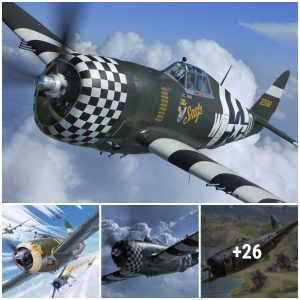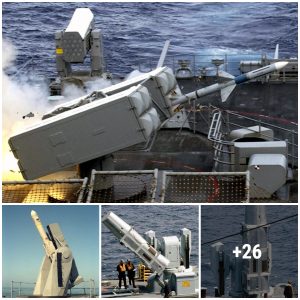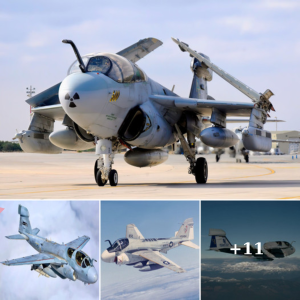With the U.S. military out of Iraq and winding down in Afghanistan, the U.S. Army, which peaked with a force of around 570,000 a few years ago, was supposed to drop to around 490,000 troops.
But U.S. Defense Secretary Chuck Hagel said that’s still too big.
“An Army of this size is larger than required to meet the demands of our defense strategy,” Hagel told a news conference in February.
Translation? Hagel isn’t planning to occupy any countries. So he wants to cut the Army to about 450,000.
But that’s a number that some generals say places the country at greater risk.

And the Army could shrink even more. Remember the automatic budget cuts known as sequestration? If they go into effect, the Army could drop an additional 30,000 troops.
Rep. Buck McKeon, a California Republican who is chairman of the House Armed Services Committee, seized on the numbers last month when he questioned the Army’s top officer, Gen. Ray Odierno.
“If it’s a fairly high risk at the 450,000 level, what level of risk do you assume at the 420,000?” McKeon asked.
“I’m very concerned,” Odierno responded. “I doubt whether we could even execute one prolonged multiphased operation,” which is military speak for something like a war on the Korean peninsula.
Little Support For ‘Leaner And Meaner’
Yet some, like Doug Macgregor, a retired Army colonel and combat veteran, argue that an Army at that size would be just fine — maybe even better.
“I could give you an Army at 420,000 that has far more fighting power in it, more deployable capability, than what you have today,” he says. “It’s a function of how you organize.”
Macgregor’s plan includes cutting staff and the number of generals, creating highly trained, fast-moving units, shedding Army artillery and using the firepower of the Navy and Air Force instead in the event of war.
“The United States Army remains a 1942 construct that expects lots of warning before it actually slowly organizes and equips to deploy,” he says.
Macgregor’s plan showed promise in Army war games, he says, but the Army leadership is resistant to making any changes.
“The Army doesn’t want to shrink,” says Gordon Adams, who worked on Pentagon budgets under President Bill Clinton. “The Army doesn’t want to lose the segment of the defense budget it’s had.”
Adams says the Army has often cut back when wars end, including World War II and the Korean War, for example.
“And it made sense — it wasn’t a mistake — because the ground force is the thing you can most easily regenerate,” he says. “It’s really hard to regenerate a pilot.”
The Risk Of Too Much Reduction
Adams says Army war planners could make better use of National Guard and Reserve units, which deployed in large numbers to both Iraq and Afghanistan.
“So the Guard and Reserve we have today is a truly ready Guard and Reserve, not a Guard and Reserve that’s waiting to be called up and trying to figure out how to find its way to the battle station,” he says.
But senior Army leaders say those part-time soldiers can’t deploy immediately in a crisis, and it would take months to train them. Adams says Capitol Hill often bows to the wishes of the generals.
“They are not asking the hard questions. They are mostly advocates for a higher budget,” he says of Congress. “You’re not going to get the analytics out of the Armed Services Committee that you would hope to.”
But defense analyst Dan Goure says the analysis has been done — by the Army, the Pentagon and think tanks. He agrees with the generals: An Army that’s too small won’t be able to fight and win wars, and could embolden foreign leaders. A case in point: Russia’s recent takeover of Crimea.
“Other countries, adversaries may be tempted, as we’ve seen recently, to use their military power to try and seize territory,” Goure says.
That’s a result of the U.S. — as well as its allies — cutting ground forces.
Goure says the U.S. now has the only large, capable Army in the Western world.
And he thinks the generals are too willing to accept cuts. His optimal number? An Army with 600,000 soldiers.





